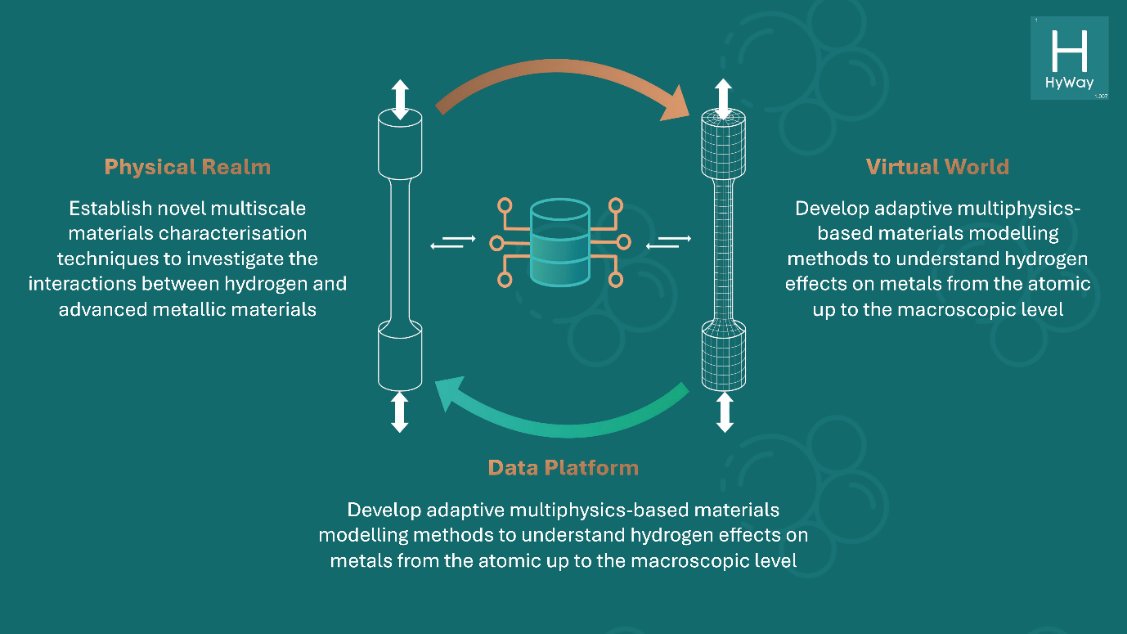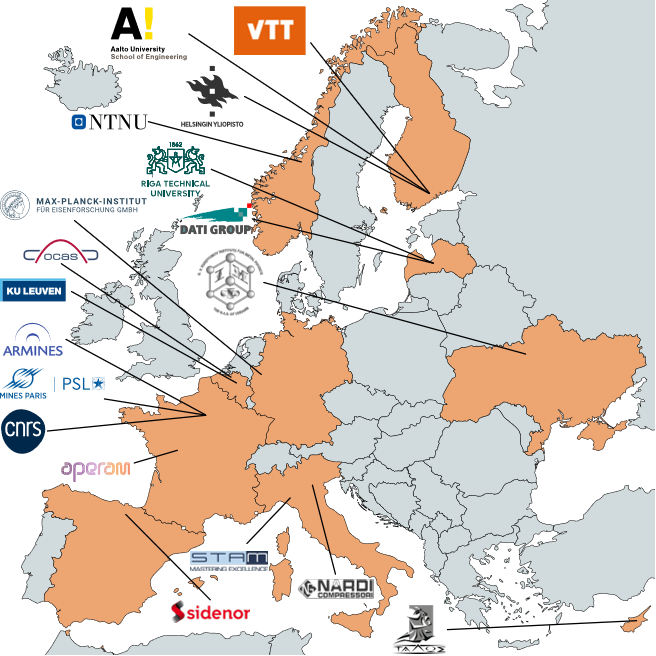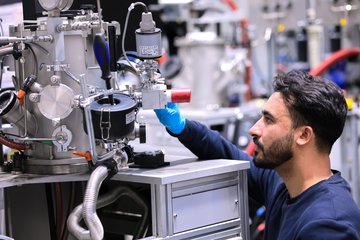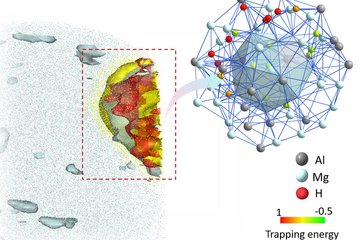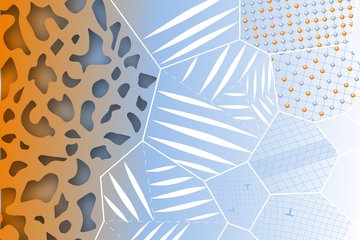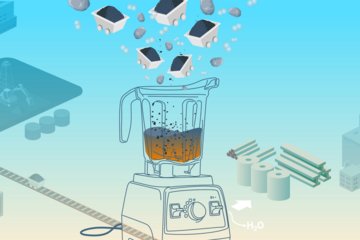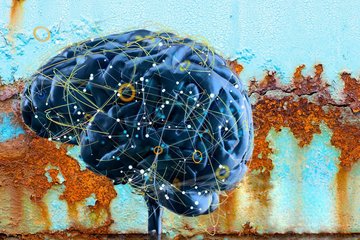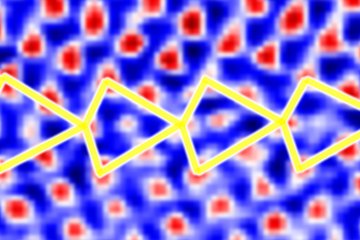Hyway: Multiscale characterization and simulation for hydrogen embrittlement assessment
The project HyWay aims to promote the design of advanced materials that maintain outstanding mechanical properties while mitigating the impact of hydrogen by developing flexible, efficient tools for multiscale material modelling and characterization. These efficient material assessment suites integrate data-driven approaches, advanced characterization, multiscale modelling, and ontology-based knowledge management seamlessly, revealing hydrogen-material interactions in storage and transport conditions.
Hydrogen is one of the key renewable energy technologies prioritized by the European Union (EU) to reduce the dependence on fossil fuels and accelerate Europe’s clean energy transition. Ensuring the safety of components used in the hydrogen infrastructure requires a comprehensive understanding of how hydrogen interacts with materials and how it alters or degrades mechanical properties. HyWay aims to accelerate the design and use of advanced materials for hydrogen storage and transport. This will be reached by developing flexible and efficient multiscale material modelling and characterization suites to reveal the role of hydrogen on the materials behavior under service conditions. Physical Realm and Virtual World are connected by a Data and Knowledge Management Platform facilitating seamless exchange of data from experiment and simulation (Fig. 1).
In the Physical Realm, we will establish improved methodologies and protocols to investigate the mutual interactions between hydrogen and microstructure from the atomistic to the microscale. The in situ and ex situ micromechanical methods will be developed to study hydrogen effects on the kinetics of plasticity and fracture during loading. New macromechanical tests will be proposed, which enable the characterization of hydrogen influence under complex mechanical load cases and different temperatures for effective properties. Our investigation focus will be put on components critical to this segment of the hydrogen value chain, including the liquid hydrogen storage tank, large diameter pipelines for longer pipe runs, and hydrogen compressor.
In the Virtual World, a modular multiscale and multiphysics modeling workflow will assess hydrogen’s impact on advanced metallic materials, incorporating seven independent modules: atomistic modeling, hydrogen uptake and transport, hydride and phase transformations, plasticity effects, fracture modeling, and macroscopic hydrogen sensitivity.
The HyWay project started in January 2024 as a 4 years collaborative effort that unites 18 partners from 10 European countries, including MPI-SusMat—where Jazmin Duarte's group (Hydrogen Mechanics and Interfaces) contributes to the Physical Realm, and Franz Roters' group (Theory and Simulation) supports the Virtual Realm.
